Skin Cancer
About Skin Cancer - Melanoma
Over the past three decades, more people have been diagnosed with some form of skin cancer (most of which are nonmelanoma or basal and squamous cell skin cancers) than all other cancers combined. Melanoma, the aggressive skin cancer, accounts for 1% of skin cancer cases but the vast majority of skin cancer fatalities.
Skin Cancer Key Facts
- In 2024 in the U.S., 100,640 new cases of invasive melanoma (penetrating the dermis or the skin’s 2nd layer) are estimated, and 8,290 deaths expected.
- Overall lifetime risk of getting melanoma is about 3% (1 in 33) for Caucasians, 0.1% (1 in 1,000) for African Americans, and 0.5% (1 in 200) for Hispanics.
- In the U.S the estimated five-year survival rate for early-stage melanoma is about 99%; 74% when the cancer reaches surrounding tissue or lymph nodes; and 35% when it metastasizes to distant organs.
- Several types of immunotherapy can be used to treat melanoma and help patients live longer
- For the rare and fatal nonmelanoma skin cancer, Merkel cell carcinoma (MCC), immunotherapy is also helping patients live longer

- Limit exposure to UV rays
- Sun safety measures
- Wearing protective clothing, high SPF sunscreen, using sunglasses
- Avoid using tanning beds and sunlamps
- Protect children from the sun
- Regular skin exam
- Pay attention to new, changing, or abnormal moles
- Avoid weakening the immune system (when possible)
- Avoiding known HIV risk factors
Resource: Preventing Melanoma | Can Melanoma Be Prevented? | American Cancer Society
If you have any of the symptoms below, it does not mean you have cancer but you should see your doctor or health care professional so that the cause can be found and treated, if needed.
For Melanoma
- A is for Asymmetry: One half of a mole or birthmark does not match the other.
- B is for Border:The edges are irregular, ragged, notched, or blurred.
- C is for Color:The color is not the same all over and may include different shades of brown or black, or sometimes with patches of pink, red, white, or blue.
- D is for Diameter:The spot is larger than 6 millimeters across (about ¼ inch – the size of a pencil eraser), although melanomas can sometimes be smaller than this.
- E is for Evolving: The mole is changing in size, shape, or color
Other signs of melanoma that don’t fit the ABCDE signs include:
- A sore that doesn’t heal
- Spread of pigment from the border of a spot into surrounding skin
- Redness or a new swelling beyond the border of the mole
- Change in sensation, such as itchiness, tenderness, or pain
- Change in surface of a mole – scaliness, oozing, bleeding, or appearance of a lump or bump
Sources: American Cancer Society’s Cancer Facts & Figures 2024; the Society’s website
- Exposure to Ultraviolet (UV) light – sunlight or tanning beds or lights
- Moles – having many moles
- Dysplastic nevus syndrome – have many atypical dysplastic nevi moles (some features or melanoma)
- Fair skin, freckling, and light hair
- Family and personal history of melanoma or other skin cancers
- Age – melanoma more likely to occur in older people but it is one of most common cancers in those under 30 years (particularly women)
- Men have a higher rate of melanoma but varies by age
- Weakened immune system
- Xeroderma pigmentosum – is a rare, inherited condition that lowers skin cells’ ability to repair damage to their DNA
Resource: Melanoma Skin Cancer Risk Factors | Melanoma Risk Factors | American Cancer Society
NFCR-Supported Researchers Working on Skin Cancer
Danny R. Welch, Ph.D.
University of Kansas Cancer Center
Paul Fisher, M.Ph., Ph.D.
Virginia Commonwealth University School of Medicine
Webster Cavenee, Ph.D.
Ludwig Institute for Cancer Research
Helmut Sies, M.D.
Heinrich-Heine-Universität

Skin Cancer Awareness Month is recognized in May.
Sign-up to Receive NFCR Emails
Be the first to learn about breakthroughs in cancer research and follow NFCR’s progress on making cures possible!
A world without cancer is possible. Help us turn lab breakthroughs into life-saving realities.

5.7 Million+
Donors who have fueled NFCR’s mission

$420 Million+
Invested in high-impact research & programs

36+ Labs & Hundreds of
Nobel Laureates & Key Scientists received NFCR funding, driving breakthrough research















